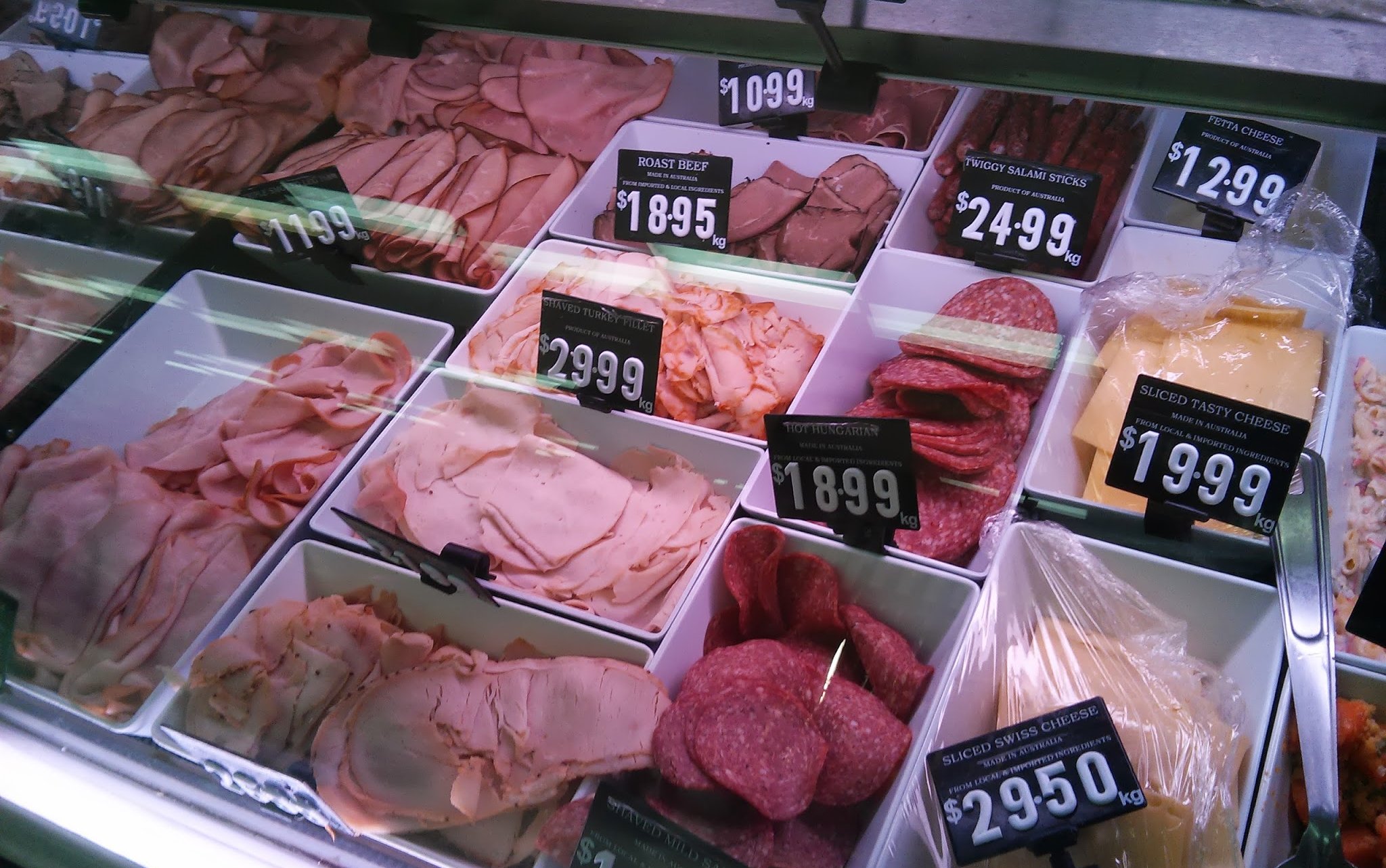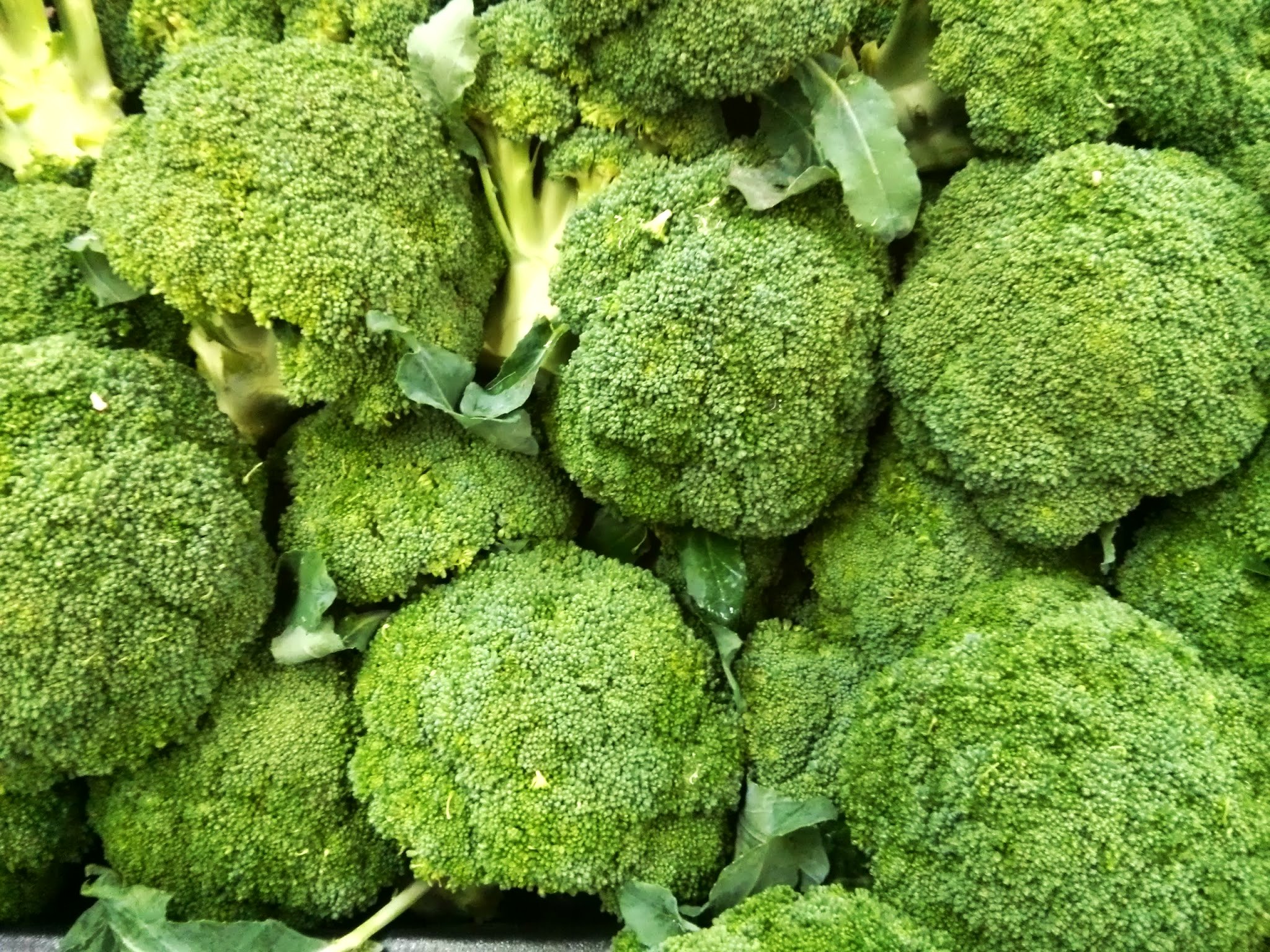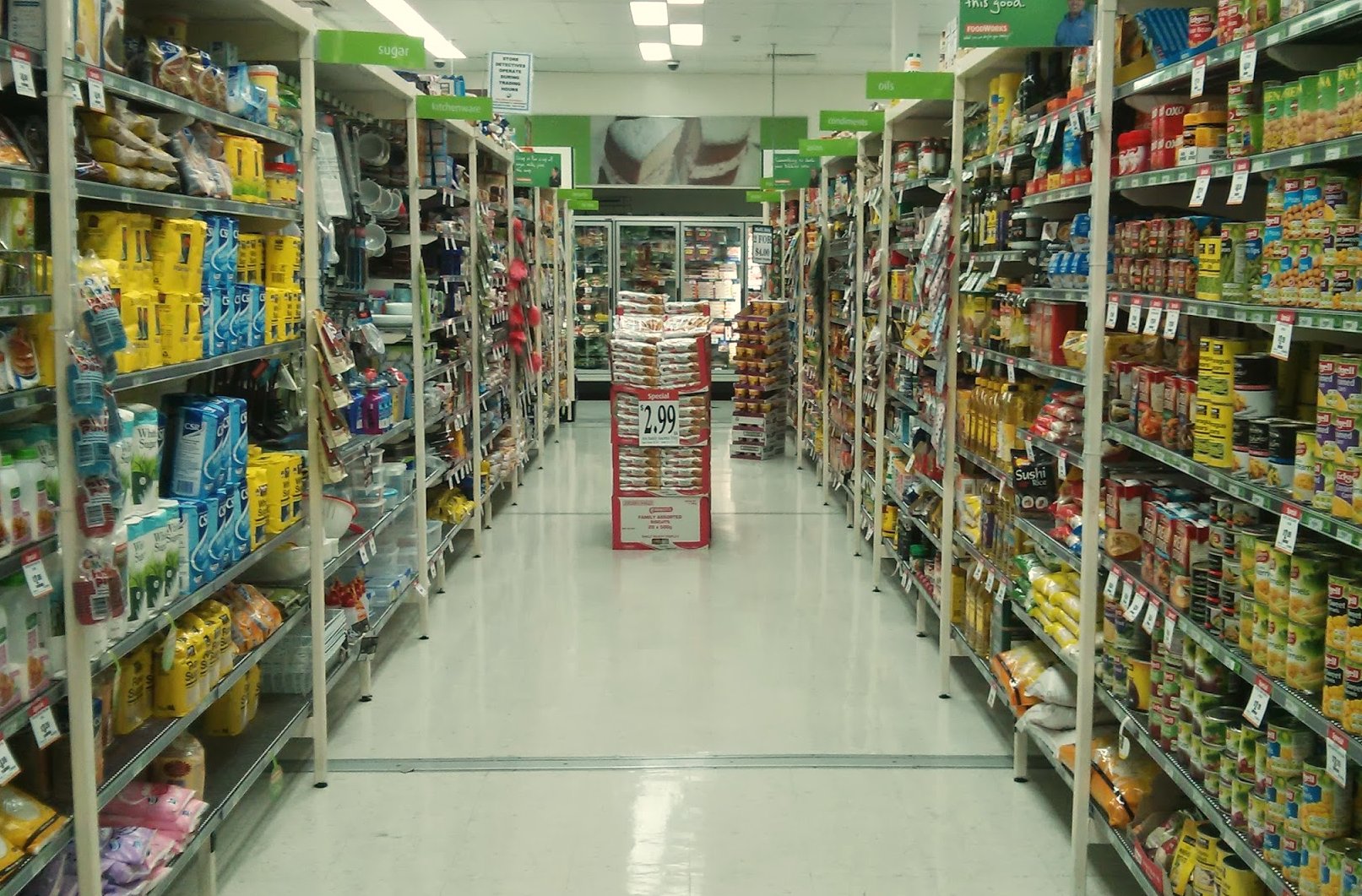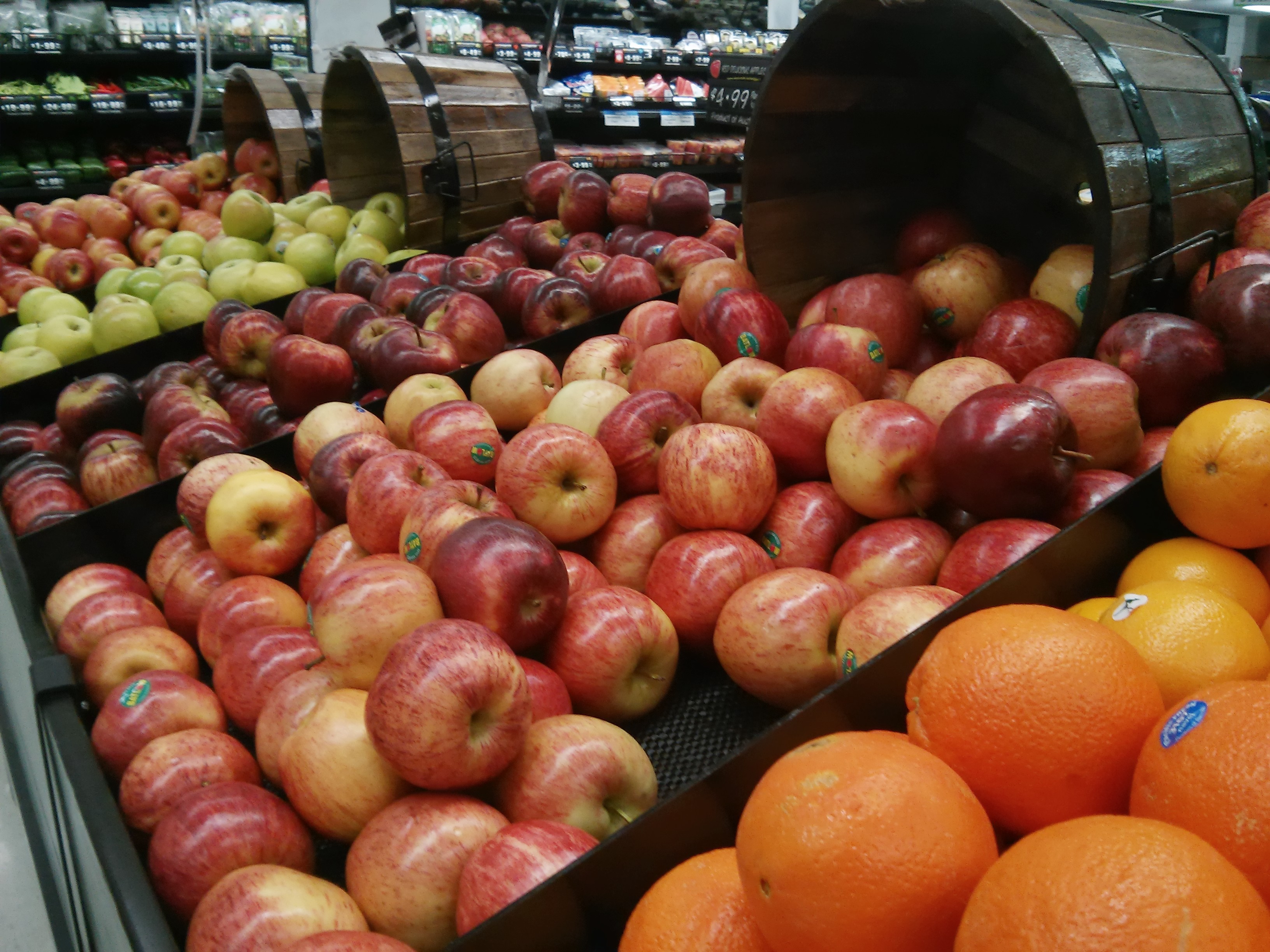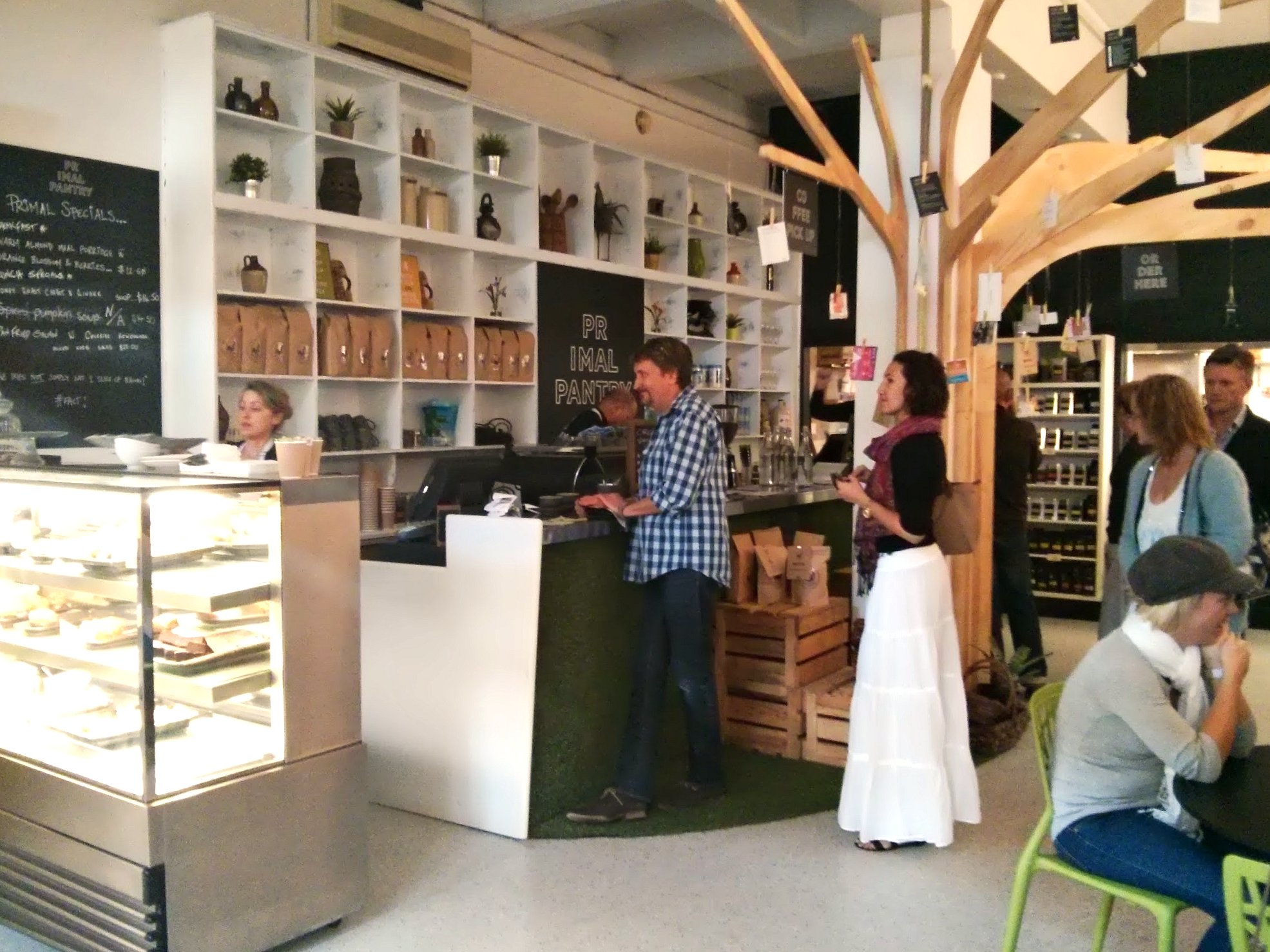Paleo Before You Faileo: Brisbane’s Caveman Food Movement
It seems like ‘paleo’ is sweeping us off our feet, but are we quite literally feeding into the hype?
It seems like 'paleo' is sweeping Brisbanites off their feet, but are we quite literally feeding into the hype or is the paleo way of life here to stay? A second 100 percent paleo eatery, aptly named The Paleo Cafe, is destined to open this October in Paddington, trailing in the blaze of Tenneriffe’s Primal Pantry, which opened earlier this month.

1. What is the Paleo diet?
This diet is perhaps the most archaic of all, heh. With nicknames including the 'caveman', 'primal', and 'stone age' diet, the Paleo diet takes its core from the hunter-gatherer days of civilisation (Read: meat, vegetables, berries, nuts) combined with modern conveniences. Foraging stops at the word 'diet'. Put away your spear and wild mushrooms encyclopedia, Paleolithers* are found at farmers' markets and local grocers. They believe the diet is less true to the definition and more a set of lifestyle rules. Feeling sceptical? Just hide in the cereal aisle, they won't find you.
Apparently the diet has been around in niche circles for many years (decades even), but only recently has it reached a more mainstream market, following in the trail of #cleaneating #sugarfree #glutenfree and our other whole food obsessions. But while our ancestors ate what was simply available, some critics argue that in this day and age the Paleo lifestyle revolves more around the restriction of certain foods.
*not a real word

2. Why would anyone give up grains, dairy and alcohol?
So eating vegetables, meat and nuts sounds healthy, but are you prepared to give up sugar in your coffee, bread in your sandwich or cereal for breakfast? Alcohol too, yep say goodbye to your beer, and hello to a potato-based vodka Tarzan would approve of.
But wait, vodka? Surely old mate homo sapien didn’t have a distillery at his fingertips, so why does modern man gets this luxury? Archaeological scientist Dr. Christina Warinner (courtesy of a TEDx talk) calls paleo a diet fad. Why? She kindly points out that the food we eat today would be unrecognisable 10,000 plus years back. Broccoli is a flower that has been mutated, bananas used to be a very seedy mess, and lettuce was bitter and latexy, not soft and crisp.
The idea behind Paleo is that humans have not evolved with the agricultural revolution that started 10,000 years ago. So by cutting out grains, sugar and dairy, theory is that we will live longer and have improved health.

3. How to eat Paleo
- Meat and poultry – grass-fed, free range
- Fish and seafood – sustainable when possible
- Eggs
- Vegetables
- Fruit and berries
- Nuts and seeds
- Spices and herbs
- Fats – coconut oil, coconut milk and cream, butter, duck fat, olive oil, avocado oil, macadamia nut oil, fish oil, sesame oil
- Sauces - mustards, wheat free soy, oyster sauces, fish sauce, olive oil mayonnaise, low sugar tomato sauce, salsas and pestos.
Don't eat these, or you'll faileo:
- Grains
- Legumes
- Refined sugars
- Gluten
- Dairy
There is always grey matter, and these items border the line:
- Dairy – better options are goat's and sheep's milk products and fermented products such as aged cheeses and full-fat cream
- Natural sweeteners – honey, maple syrup, molasses, dried fruit, dark chocolate.
- Alcohol – dry wines, clean non-grain based spirits.

4. Paleolithic challenges for modern man
Throw a 40-hour working week in with exercising, socialising, cleaning and hygiene. Mix it up with apartment-style living. Shake out the dated Aussie ideal of a plot of land to call you own. And what's left? A cocktail recipe for a faileo disaster.
The idea of working for your living in the 21st century is more adept to sitting in front of a computer, cashing in for a cheque each fortnight. Compare this with a caveman whose life revolved around a fight for food and survival. Fortunately for those eating paleo, one is not expected to grow their own vegetables, keep a goat and forage for berries; and one would simply visit the farmers' markets or Coles.

5. What is the difference between Paleo and clean eating
According to Dr. Warinner, the idea to abandon our modern diet for Paleo started in the 1970s with the idea that agricultural eating makes us ill as it's not in our biology, and we need to move back in time to paleolithic age eating — over 10,000 years ago. Daunting.
Meanwhile, clean eaters enjoy whole and unprocessed foods and include grains, dairy and sugar, but focus on moderation and swapping 'bad foods' for a healthy alternative. Cacao for cocoa, honey for raw sugar, yogurt for cream. In the end, Dr Warinner says we can learn three things from the Paleo diets: there is no incorrect diet but diversity is key, we need to eat fresh fruit and vegetables, and we need to eat whole foods. Mr Clean Eats would surely agree.

6. Places to eat Paleo
The Primal Pantry is open and doing a roaring trade in Teneriffe since its opening a few weeks ago. With simple and wholesome food, the only Paleo rule they break is letting you have milk in your coffee. Non-paleo people, rejoice!
Meanwhile, keep an eye out for The Paleo Cafe in Paddington. It's due to open in October, but in the time being join their 2000-plus fans on Facebook drooling over their delicious food photos and recipes.

